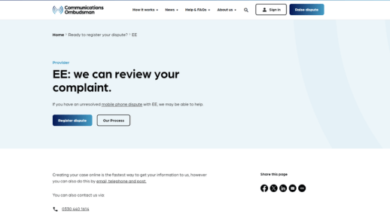Disassembling cubicle walls, also known as office partitions or dividers, typically involves a systematic process to ensure they can be safely removed without causing damage. Here are the general steps to disassemble cubicle walls:
Tools and Materials Needed:
- Screwdriver
- Pliers or wrench (if needed)
- Utility knife
- Masking tape or labels
- Moving blankets or padding
- Packing tape or zip ties
- Plastic bags for small parts
- Marker or labels (to mark and identify parts)
- A team of individuals to assist (depending on the size and weight of the walls)
Steps to Disassemble Cubicle Walls:
- Clear the Workspace:
- Clear the area around the cubicle walls to create enough space to work comfortably. Remove any office furniture, equipment, or personal items from the area.
- Identify Wall Connections:
- Examine the cubicle walls to identify how they are connected. They may be attached using connectors, brackets, screws, or clips.
- Start with End Panels:
- Begin disassembly with the end panels. These are often the easiest to remove and will allow access to the interior connections of the cubicle walls.
- Remove External Hardware:
- Use a screwdriver to remove any visible screws, brackets, or connectors on the outside of the cubicle walls. Keep track of the hardware for reassembly.
- Detach the Walls from Connectors:
- Carefully disengage the walls from the connectors or clips. This may involve gently lifting or sliding the panels out of place. Be cautious to avoid damaging the walls or connectors.
- Label or Mark Components:
- As you disassemble each section of the cubicle walls, use masking tape or labels to mark and identify the parts. This will help during reassembly.
- Disconnect Electrical and Data Connections (if applicable):
- If the cubicle walls have electrical outlets, data ports, or wiring, consult a qualified electrician to disconnect them safely before disassembly.
- Remove Trim or Cover Panels:
- Some cubicle walls may have trim or cover panels that conceal hardware. Remove these panels to access hidden screws or connectors.
- Disassemble Intermediate Panels:
- Continue disassembling the intermediate panels, working your way toward the central portion of the cubicle.
- Disconnect Wall Sections:
- Disconnect the central sections of the cubicle walls. These sections may be larger and heavier, so use caution and consider having a team to assist with the removal.
- Protect and Secure the Parts:
- Wrap the disassembled parts with moving blankets or padding to protect them during transport.
- Use packing tape or zip ties to secure the blankets or padding in place.
- Pack and Label Small Hardware:
- Place any small screws, brackets, or connectors in plastic bags and label them. Keep these bags with the corresponding parts to avoid losing them during the move.
- Prepare for Transport:
- Once all parts are protected and secured, you can prepare them for transport to their new location or storage.
- Reassembly at the New Location (if needed):
- If you plan to reassemble the cubicle walls at a different location, refer to your labels and markings to reattach the components in the correct order. Reconnect any electrical or data connections as necessary.
Always prioritize safety when disassembling cubicle walls, especially if they are large or heavy. Seek assistance when needed, and consider consulting with professionals for disassembly or reassembly, particularly if there are electrical or data connections involved. Additionally, check with your office management or building maintenance team for any specific guidelines or requirements for cubicle disassembly in your workplace.
Also Read:
https://incentivepost.com/how-to-download-sky-glass-app-on-firestick/
https://incentivepost.com/how-to-download-philo-on-lg-smart-tv/
https://incentivepost.com/how-to-download-philo-on-lg-tv/
https://incentivepost.com/how-to-download-startup-show-on-firestick/




